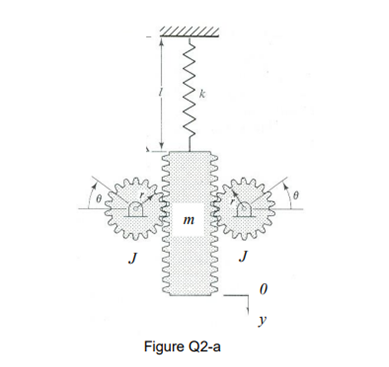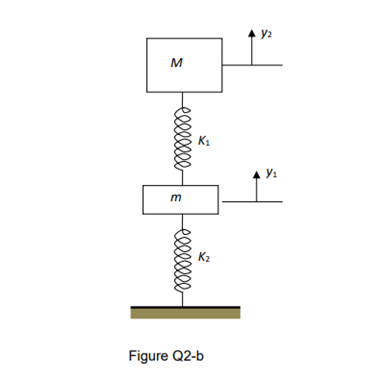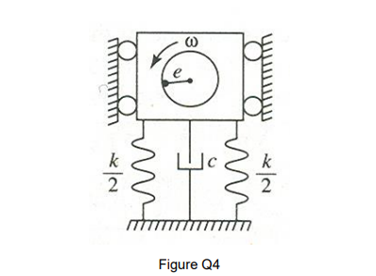- Care Safeguiding Children Assignment | Oxford Brookes University
- PSY4011 Developmental Psychology Assessment Brief | Arden University
- QSP7PCM Professional Cost Management Assignment 2 September 2025 | UCEM
- EGR2006M Control Systems Assignment 1 Brief | University of Lincoln
- MBA7066 Innovation and Entreprenuership Assignment Portfolio 2025 | UGM
- Contract Law Assessment 2 Problem Scenario 2025-26 | University Of Salford
- Operations & Supply Chain Management Assignment Brief : E-Commerce Supply Chain Efficiency
- Unit 1 Programming Assignment 2025-26 | ESOFT Metro Campus
- K/651/4745 Unit 1 Teaching My Subject Written Assignment | Britannia Education Group
- H/650/1099 Level 4 Academic Writing and Research Skills Assignment Brief | LSBU
- ASB-4012 Codding for Business Application Assignment – Project in R | Bangor University
- Unit: Team Management in Health and Social Care OTHM Level 5 Diploma Assignment
- BTEC Level 3 Unit 4 Programming Assignment – Concepts of Programming
- HSO4004 Principles of Care Assignment-1 and Assignment-2 Semester-1 September 2025-26
- 1031ENG-N Civil Engineering Construction Technology In-Course Assessment (ICA) Group Report | Teesside University (TU)
- MOD009382 Finance and Governance in Health and Social Care 011 Assessment Coursework Report | Anglia Ruskin University
- Geotechnical Engineering Assignment 2025/26 – University Of Surrey (UniS)
- Essentials of Adult Nursing Summative Assessment – University of Roehampton London (UoRL)
- BMP3006 Practical Digital Marketing Assessment 1 Individual Written Portfolio September 2025 – Regent College London
- CIPD_5HR03_24_01 5HR03 Reward for Performance and Contribution Level 5 Associate Diploma Learner Assessment Brief – Chartered Institute of Personnel and Development
A motor-pump assembly in a pumping station experiences severe vibration (may not be at resonance) when the motor operates: Acoustical and Vibration Engineering, Assignment, UOS, UK
| University | University of Southampton (UOS) |
| Subject | Acoustical and Vibration Engineering |
A motor-pump assembly in a pumping station experiences severe vibration (may not be at resonance) when the motor operates at its normal operating speed of 2500 rpm. After a 1.5 kg un-damped absorber tuned to 2500 rpm is added to the part of the assembly, the system’s new natural frequencies are measured as 2492 rpm and 2509 rpm.
(a) What is the equivalent mass of the motor-pump assembly
(b) Determine the new absorber mass to change the system’s natural frequencies outside the range from 2440 rpm to 2535 rpm.
Question Two:
(a) An aircraft lift on an aircraft carrier can be modeled as a rack-and-gear system, shown in Figure Q2-a below. The mass of the spring is negligible. The system also consists of two identical gears of pitch radius r and centroidal mass moment of inertial J, a rack of mass At, and a spring of stiffness it

(a-1) Use Rayleigh’s energy method to derive the equation of motion of the vibration system with respect to the translational motion of mass M;
(a-2) Determine the system’s natural frequency.
Question Two:
(b) A simplified vibration model for the chassis and suspension system of a car can be represented as a mass-spring system, shown in Figure Q2-b. M and m are the masses of the chassis and wheel assembly. lc, and k2 is the stiffness of the suspension spring and tires respectively.

(b-1) Develop a vibration model (equation of motion) for the system;
(b-2) Determine the dynamic matrix of the system.
Question Four
Figure Q4 shows a simplified vibration model for a machine of mass m mounted on a foundation which is modeled as a spring and damper system. The mass of the machine is 1500 (kg). The spring stiffness constant of the elastic foundation is k=60 (MN/m) and the damping coefficient is c-4000 (N-s/m).

The machine has an unbalanced component rotating at a constant angular velocity w = 205 (rad/s), which has a vertical component of the centripetal force off,(r)= 15 sin(ta) (N) acting on the machine.
(a) Derive the equation of motion of the vibration system;
(b) Determine the natural frequency and damping ratio of the vibration system;
(c) Derive the expression of the steady-state amplitude in terms of the natural frequency, damping ratio of the motion of the machine, and determine the steady-state amplitude of the vibration system;
(d) Determine the amplitude of the vibration dynamic loads acting on the base of the machine.
Are You Looking for Answer of This Assignment or Essay
Need help with your Acoustical and Vibration Engineering assignment? Our online assignment help for students is just what you need! UK students can pay someone to do my assignment and receive expert assistance. We also provide help with engineering assignments, including accurate assignment answers to boost your success. Get professional support and complete your coursework with ease!




